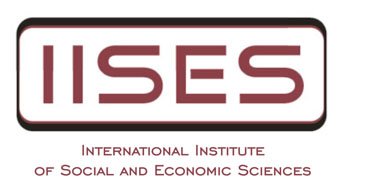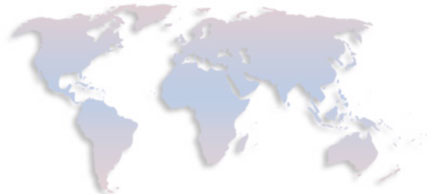International Conference on Economics, Finance & Business, London
INTERSECTORAL LINKAGES AND WATER USE: IDENTIFYING AND TRACKING KEY SECTORS IN POLAND (2015-2020)
KAMIL GACEK
Abstract:
This study investigates the interdependencies between sectoral economic activities and water consumption in the Polish economy, with particular emphasis on identifying key sectors and tracing how their classifications evolve over the period 2010-2020 (the most recent data available). By employing Input-Output (IO) tables and analyzing five pairs of backward and forward linkages, the research identifies which sectors drive water demand throughout the economy and how they influence overall resource allocation. In this context, sectors with high backward linkages signify notable dependence on other sectors for inputs, while those with strong forward linkages provide essential outputs to other industries, shaping broader consumption patterns. Additionally, Type I and Type II multipliers are calculated to highlight the direct, indirect, and induced effects that an incremental unit of production in each sector exerts on water consumption. Building on a detailed examination of water consumption patterns, this study pinpoints the sectors that not only consume large volumes of water but also play a critical role in the production networks of other industries. By addressing a critical empirical gap, this research not only expands current knowledge on the interconnected nature of economic activities and water usage in Poland, but also provides policymakers and stakeholders with a robust foundation for crafting targeted, evidence-based interventions.
Keywords: Input Output models, sectoral linkages, Leontief inverse, IO multipliers

